Glen Martin, UC Newsroom
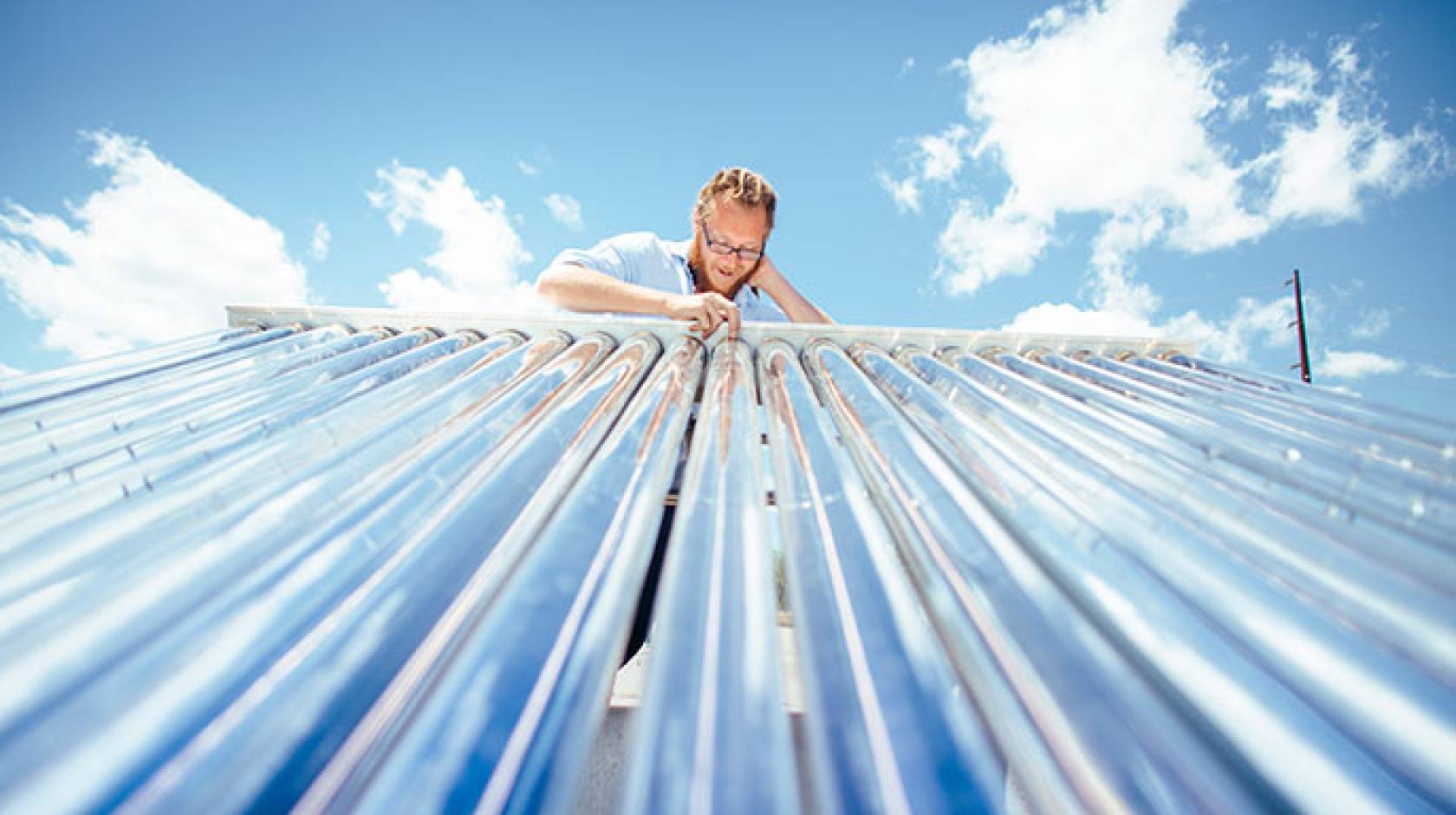
Climate change is arguably the biggest challenge of our time, an existential threat with no single solution. If there’s an upside, it’s that the scope of the problem is spurring an unprecedented wave of innovation across California.
Take cleantech startup Twelve, for instance: They’ve developed a process that can transform CO2 into a range of everyday products — from sunglasses and car parts to laundry soap and jet fuel — pretty much anything that is currently made with petroleum-based carbon. At scale, their process could help suck tons of carbon dioxide from the air.
NeWorld Energy, another young California company, has developed a device that fits easily to a residential smart meter, turning home solar systems into functional microgrids — a solution that frees households with solar panels from the risk of blackouts if utility companies have to shut off power.
Twelve and NeWorld Energy are just two of 40 clean energy startups spurred forward since 2020 with the help of CalTestBed, a program designed and implemented by New Energy Nexus, the University of California, and Lawrence Berkeley National Lab with funding by the California Energy Commission.
CalTestBed aims to accelerate the state’s transition to clean energy by providing diverse California entrepreneurs access to UC’s world-class testing facilities located at nine UC campuses and Berkeley Lab. There, they can rigorously test their products, accumulating scientific data supporting engagements with investors who can help them commercialize their innovations.
Helping clean energy entrepreneurs get to market
That’s just the kind of help that NeWorld Energy needed. The company had developed a technology for transforming home solar systems into standalone microgrids. They needed results from third party testing, however, to attract investor backing. In partnership with a companion company, System Z, NeWorld applied to CalTestBed for help.
New Energy Nexus, an international nonprofit organization, conducts a state-wide solicitation process through which cleantech entrepreneurs compete for vouchers of up to $300,000 for testing services at one of 60 world-class testbed sites across nine UC campuses and Berkeley Lab. New Energy Nexus supports clean energy entrepreneurs by featuring them within the CalTestBed Entrepreneur Directory, hosting the national CalTestBed Symposium annually and connecting the entrepreneur community to a network of next-level partners who can make full commercialization a reality.
The CalTestBed Program is funded by the CEC’s Electric Program Investment Charge (EPIC) program.
Home solar as a standalone microgrid
For NeWorld, CalTestBed was pretty much a one-stop shop for everything needed to test the company’s “Energy Quarterback”: a compact device that nests under an existing smart meter with the goal of turning home solar systems into a residential microgrid during a utility outage.
“It’s basically a microgrid in a meter,” said Paul Donahue, NeWorld CEO. “Typically, if the main grid goes down, so do home solar systems. That’s necessary to prevent damage to grid infrastructure and worker injuries from overloads due to continued solar power production. But that means even homes with solar panels don’t have power. Our device automatically isolates solar homes from the grid during outages, allowing them to continue drawing power from their panels and storage systems. It’s the missing piece that can make solar energy truly reliable and practical for all scenarios.”
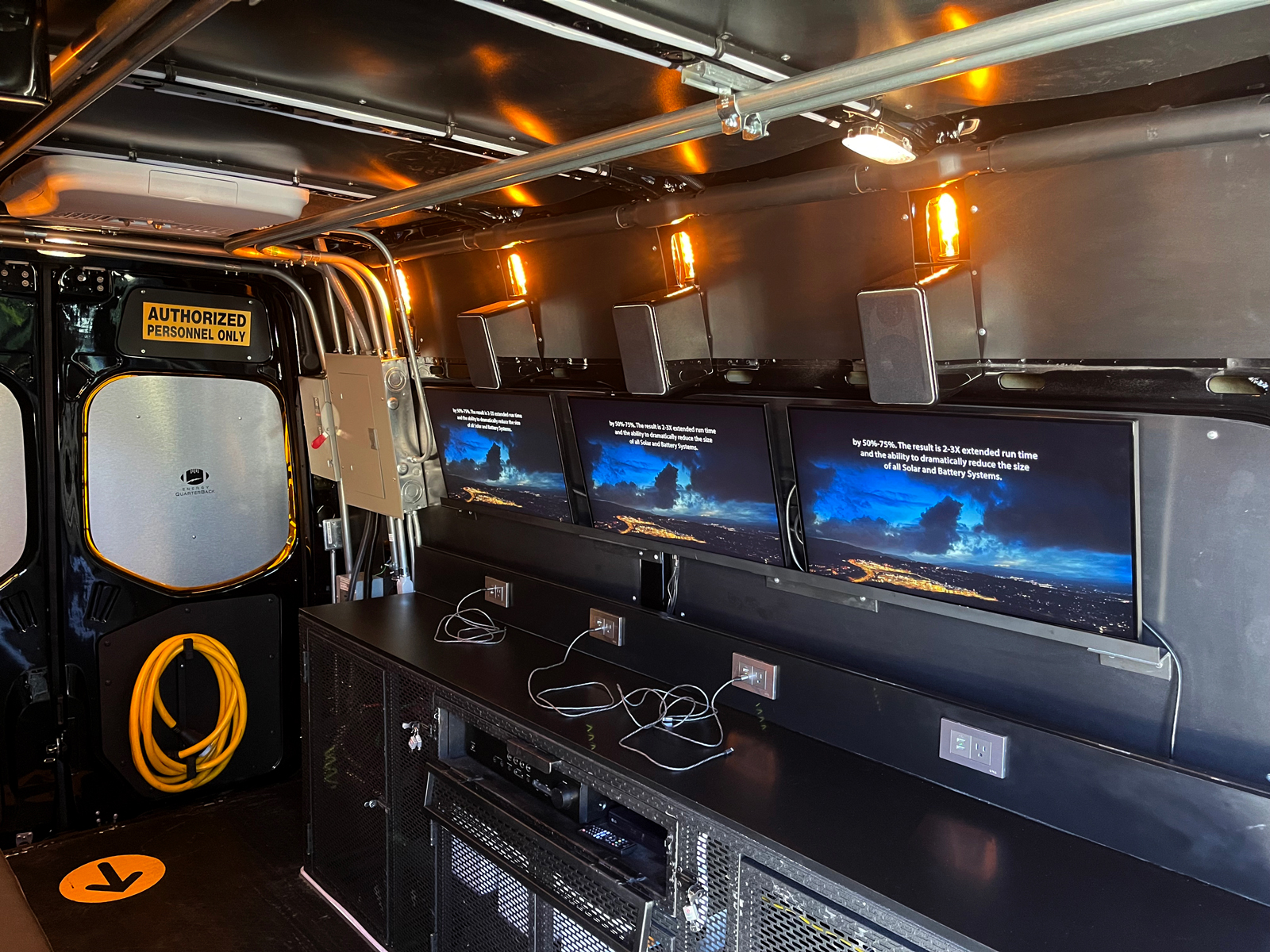
Through CalTestBed, NeWorld in collaboration with SystemZ applied for UC Irvine to test the Energy Quarterback.
“That really established our bona fides,” said Paul Donahue. “[CalTestBed] provides a conduit to capital and the global marketplace. A few months after we entered the program, a venture capital firm invested $10 million in our company.”
From lab bench to market
Since CalTestBed launched in 2020, 40 companies have participated in the program, advancing solutions that range from energy generation, efficiency and storage to industrial and agricultural innovations. The initiative employs a Justice, Equity, Diversity and Inclusion (JEDI) approach to recruit a diverse applicant pool, amplifying the social, environmental and economic impact of voucher recipients.
“CalTestBed is an important part of California’s strategy for clean energy innovations,” said California Energy Commission Chair David Hochschild.
“I’m incredibly proud of the leadership California is displaying in moving beyond fossil fuels,” Hochschild said. “We’re showing the world we can move toward a clean energy future and grow our economy at the same time. Almost two-thirds of California’s electricity is now derived from carbon-free sources, and we’re moving steadily toward a 100 percent clean energy grid. The state’s No. 1 export is electric vehicles, and we’re continually reducing costs on solar and wind energy production and storage.”
While progress has been dramatic, said Hochschild, “We have a lot more to do in the coming decades, and CalTestBed is a critical component in our overall strategy. It’s an effective template for supporting the innovators who will make successful climate change mitigation and adaptation possible.”
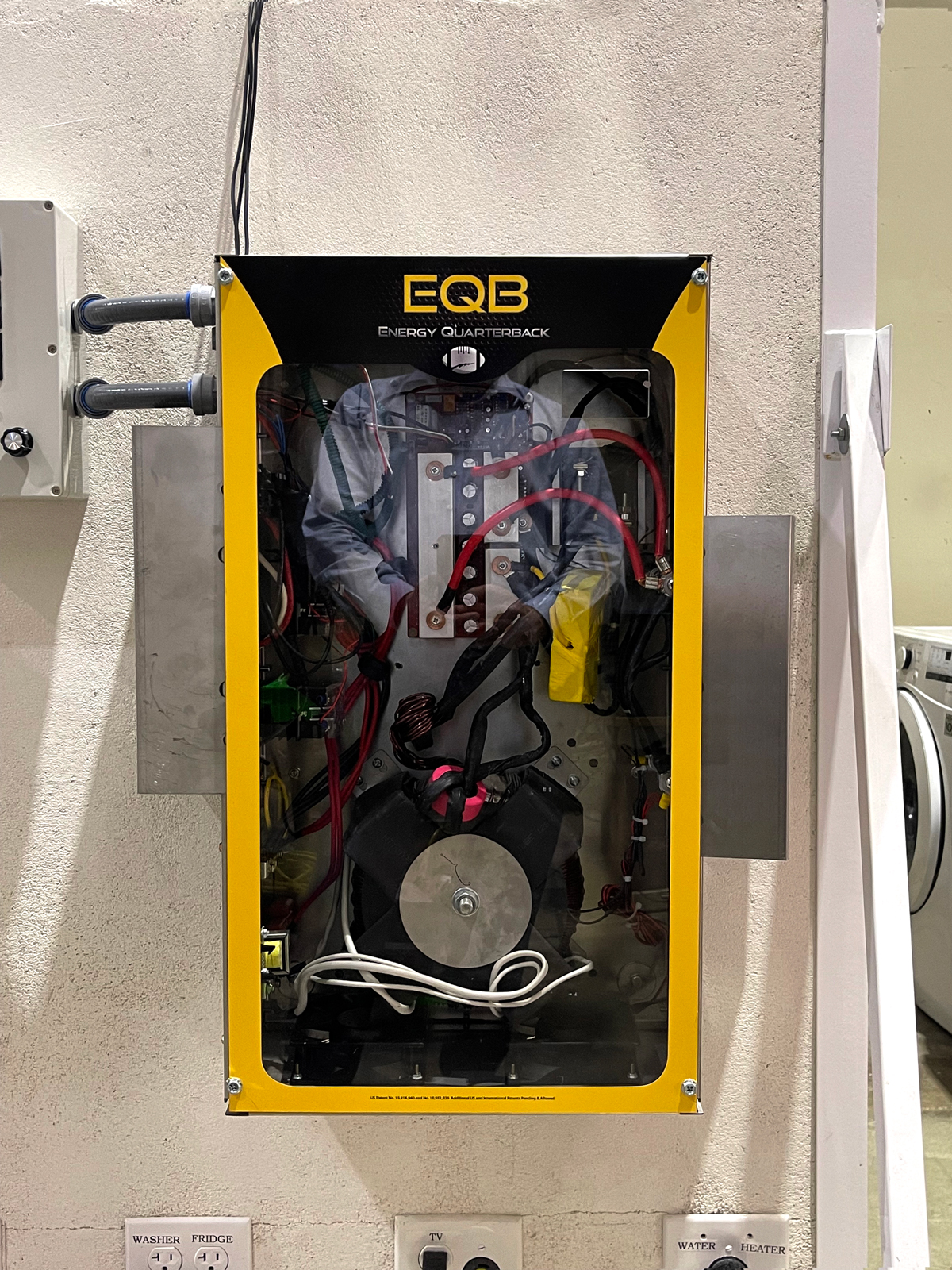
A NeWorld prototype showing a solar system operating during a grid outage.
Upgrading the nation’s power grid
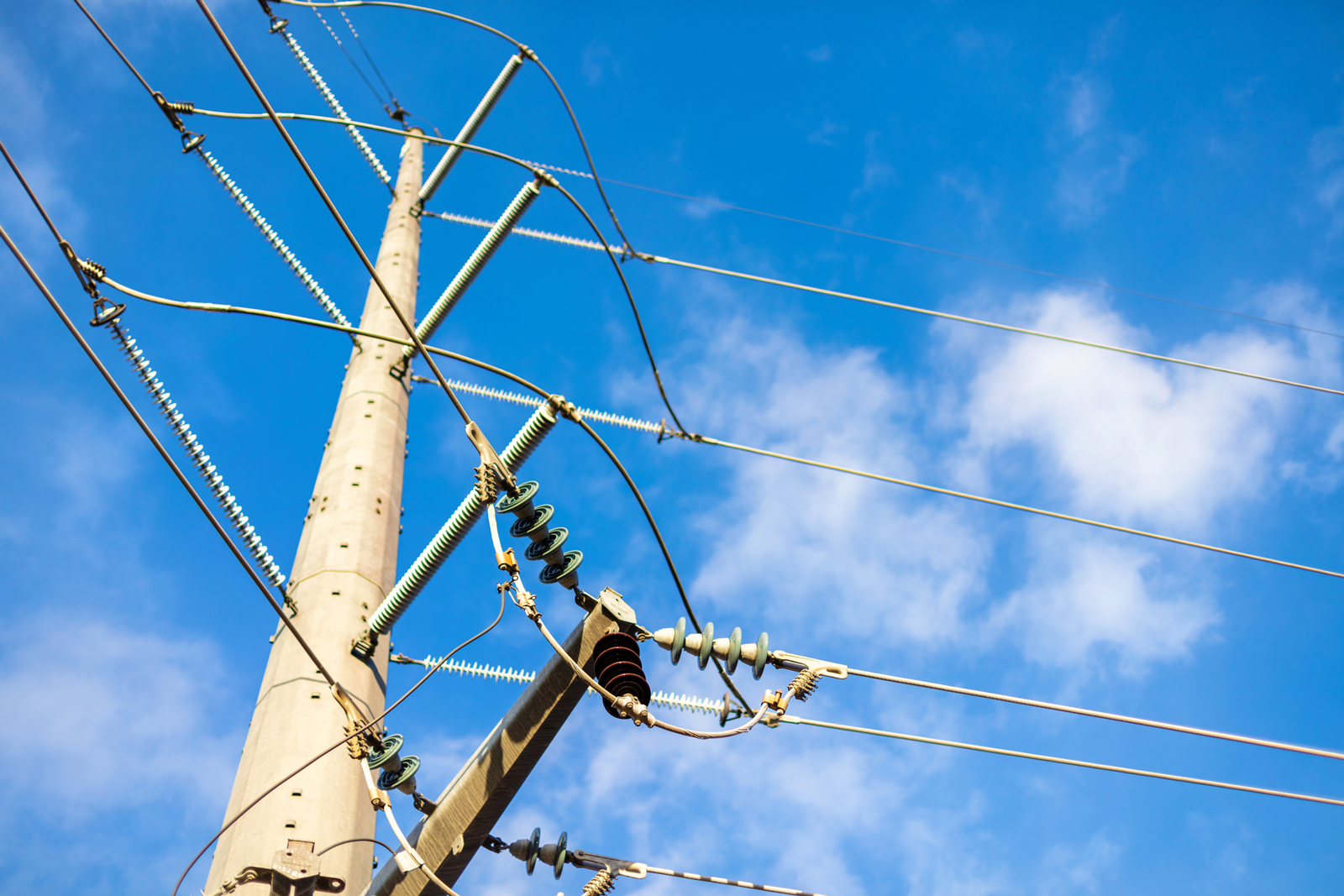
Effective climate change solutions necessarily dovetail. It’s not enough to just expand renewable energy, for example. Once generated, it must be transported to consumers in an environmentally and economically sound fashion.
That fact compelled Talieh Zargar and Davoud Zamani, founders of ALD Technical Solutions, to develop a method for upgrading existing electrical transmission lines that has the potential to double power capacity. If applied to the country’s 200,000 miles of high-voltage lines and 5.5 million miles of local distribution lines, their technology could dramatically increase the availability of renewable energy. ALD’s technique of wrapping lines with special composite wires also strengthens transmission systems, affording protection from wildfires and high winds and reducing maintenance and replacement costs.
“The national grid as we know it was developed shortly after World War II,” said Zamani, “and it’s served us well. But it’s due for an upgrade. We need to increase its capacity to handle increasing renewable energy loads and reduce its vulnerability to climate change-associated disasters such as fires and storms. We knew we had a good technology, but we really needed help … CalTestBed made all the difference.”
For Zargar (a UC Berkeley alumna) and Zamani, CalTestBed was a rich growing medium that brought their concepts to fruition.
“We conducted our testing at UCLA, and frankly, we couldn’t have demonstrated the efficacy of our technology without access to those assets,” said Zamani. “Our work is multidisciplinary, requiring facilities that cover mechanical, electrical, robotic and materials engineering. We never could have handled the cost ourselves — it would have exceeded $600,000.”
While the EPIC funding helped, said Zamani, “For us, the connections we made — with faculty, graduate students, postdoctoral researchers, potential investors — were even more valuable. We’ve just published the patents on our technology, and the relationships we’ve made at UCLA will sustain us going forward.”
Helping farmers make money and cut greenhouse gases

Kevin Kung, the co-founder and CTO of Takachar, agrees with Zamani’s assessment that it’s a rare innovator who doesn’t need help in bringing a new technology to market. Takachar has produced a prototype device that processes biomass — agricultural waste, culled trees and trimmed vegetation — into valuable fertilizer, biofuels and chemicals. It’s an elegant alternative to burning waste biomass, the common approach today.
“Agricultural and forestry residues are bulky and hard to reduce or convert,” observed Kung, “so they’re typically burned or transported to centralized facilities like landfills. That puts a lot of CO2 into the atmosphere and creates air pollution.”
Takachar’s system employs compact, portable equipment that converts materials directly on site.
“Worldwide each year, more than $120 billion worth of crop and forestry residues are burned out in the open,” said Kung. “If those wastes were converted, it would cut carbon emissions and air pollution dramatically and yield valuable products. Our device is also an excellent tool for mitigating wildfire risk by reducing fuels in and around populated areas. It’s ideally suited for small-scale landowners and difficult terrain, but it could make a very big and positive difference if it were adopted on a global scale.”
Demonstrating the purity of Takachar’s products was essential to establishing the company’s credibility, said Kung: the caloric value of the biofuels and the precise composition of the fertilizers and commercial chemicals all had to be benchmarked and confirmed. It was a daunting — and expensive — prospect. Kung and company learned about CalTestBed through their participation with Cyclotron Road, a Laboratory Embedded Entrepreneurial Program (LEEP) sponsored by the Advanced Manufacturing Office at the Department of Energy. Kung and his partners applied and were accepted in CalTestBed’s first group of startups.
“We conducted our work in the Materials Research Lab at UC Santa Barbara,” Kung said. “We had to analyze many product samples. That would have stopped us in our tracks if we’d tried to do it on our own.”
The Materials Research Lab at UC Santa Barbara is a National Science Foundation Materials Research Science and Engineering Center (MRSEC) and is part of the Materials Research Facilities Network, which aids researchers in locating specialized tools to answer materials science questions.
Beyond the thermal and elemental analysis at UC Santa Barbara, CalTestBed provided Takachar with a deep network of engineers, scientists and business professionals dedicated to bringing essential technologies to market.
“For us, that was actually the greatest benefit — exposure to new people and new ideas,” said Kung. “We’ve been able to link up with other ventures, and we’ve learned how to scale as we move to market. It’s made all the difference for us.”
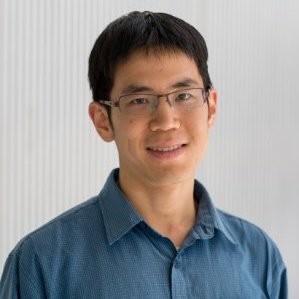
Kevin Kung
Air alchemy: Making sunglasses from atmospheric carbon
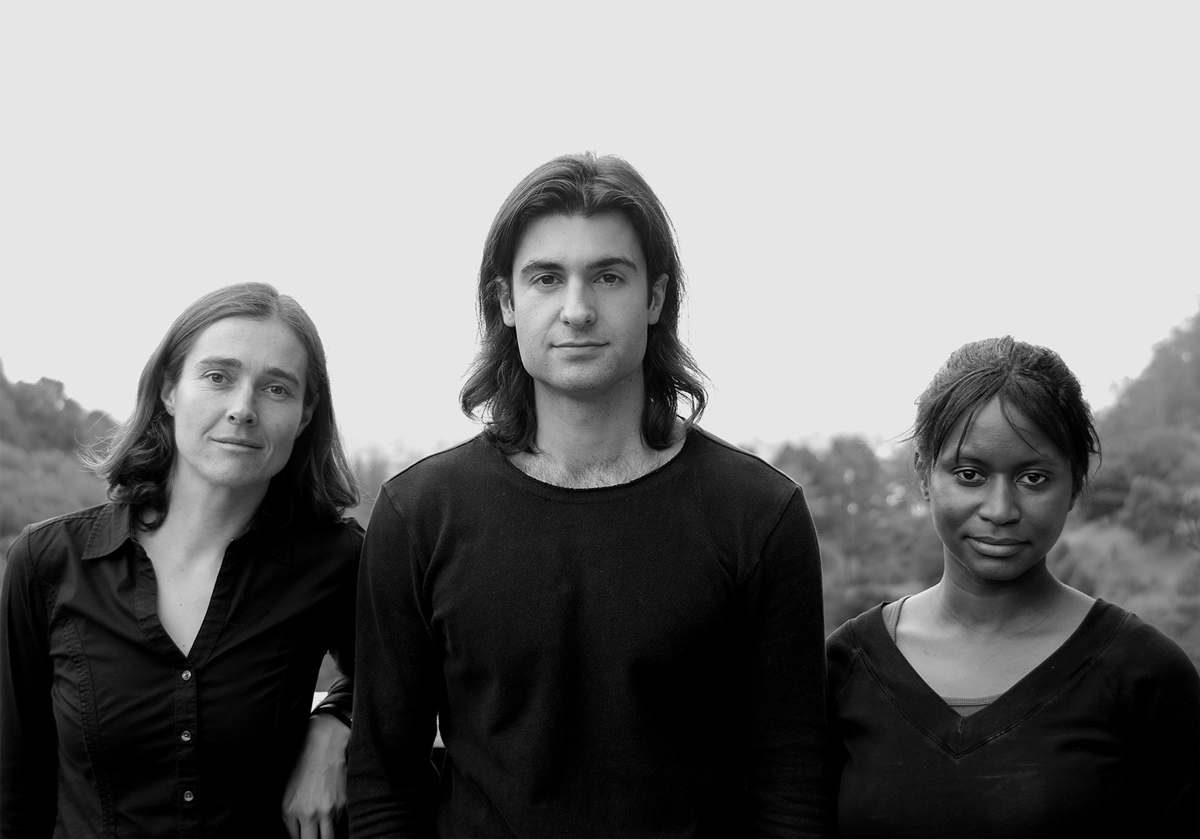
At its foundation, climate change is about excessive atmospheric carbon. While carbon may be problematic in one context, it can have value in another. That idea drives the purpose for Twelve, a company founded by Stanford engineers Etosha Cave, Kendra Kuhl and Nicholas Flanders. Named after Carbon 12, the element’s most abundant isotope, Twelve has developed a device that transforms CO2 into valuable precursor chemicals and feedstocks.
“Our technology produces intermedia that can be used for everything from jet fuel to sunglasses and car parts,” said Kuhl, Twelve’s CTO. “Currently, most of these materials are derived from carbon in petroleum. But instead of getting our carbon from the ground, we get it from emissions — and help moderate atmospheric warming in the process.”
Twelve’s devices can be attached to any carbon-emitting industrial source and employ a proprietary catalytic process that utilizes renewable electricity and water as the sole inputs. The company’s founders developed a functional prototype andwere convinced it was scalable. But going from prototype to commercial product is difficult at best, a leap that has been the undoing of many a promising startup.
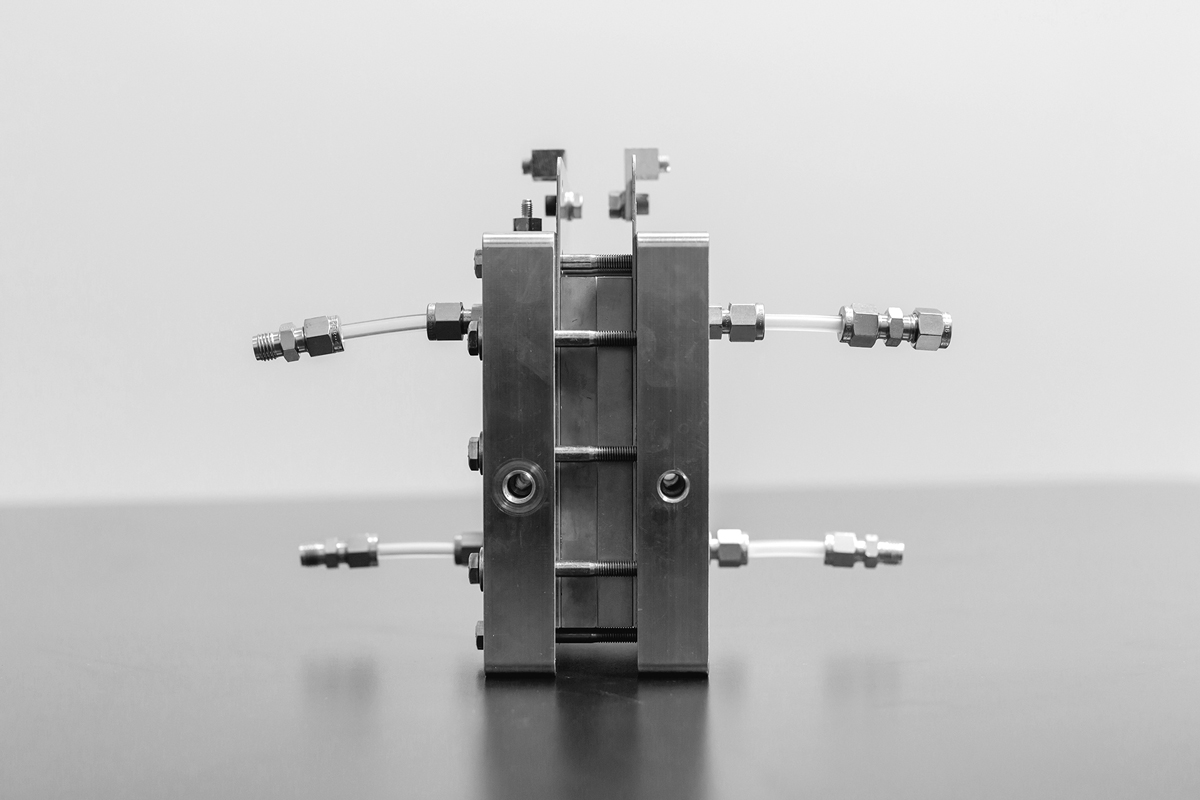
“CalTestBed is instrumental in giving us the ability to measure what is happening in our device at the nano and micro scale,” said Kuhl, who — like Kung — first learned of the program in the Cyclotron Road program at Lawrence Berkeley National Laboratory. “We are able to use the funding and the facilities at Berkeley Lab to improve our technology. The tools at the lab are state-of-the-art, and we had access to expertise that we just didn’t have in-house. CalTestBed basically gave us the scientific credibility we needed to talk to investors — to be able to say to them unequivocally, ‘This is real.’”
And now?
“The next step is moving from our dishwasher-size prototype that produces kilograms of material to a commercial unit the size of a shipping container,” says Kuhl. “We dedicated ourselves to ongoing efficiency improvement when we started this company — and CalTestBed is helping us fulfill that commitment.”
To date, EPIC has committed $5.5 million in funding to CalTestBed, leading to $108 million in follow-on funding and the creation of 137 new California jobs. But the program’s significance transcends even those impressive statistics, said Hochschild.
“We’re at an inflection point,” he observed. “Alternative energy is the wrong way to describe renewables. Fossil fuels are becoming the alternatives, renewables are becoming the mainstream —particularly in California. We know that when we scale things in California, they ultimately scale around the world. And CalTestBed is accelerating that transition.”

